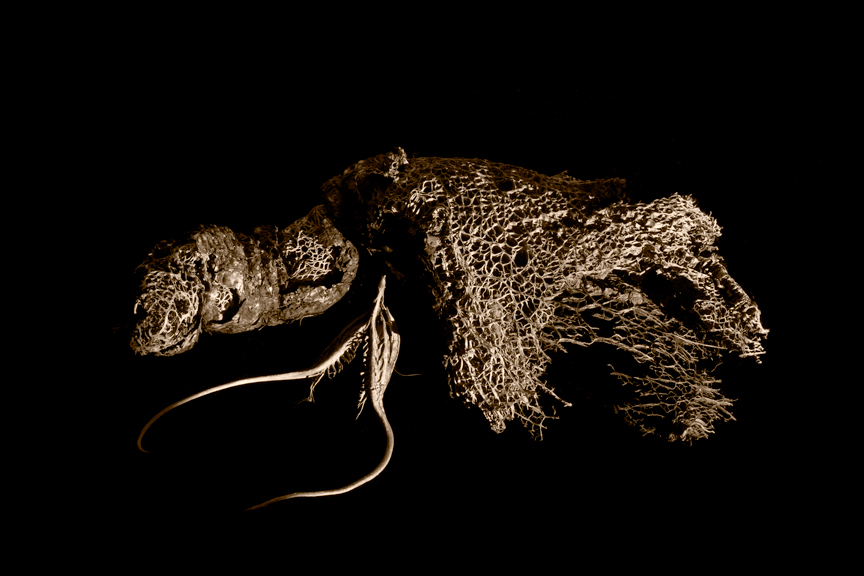Scenic Locations Worst Place For Photography Workshops
My Next Workshop Will Be Held At The City Dump
I’ve given a lot of workshops (not for a decade or so), all centering on the Zone System when it was in vogue and when I was half of a big deal as a Zone System “guru”. Now, if the Zone System is brought up in conversation (it isn’t, unless I bring it up) it is usually greeted by blank stares and the word, “huh”. (Is “huh” a word?) Because I was teaching the Zone System, close proximity to a multi-station darkroom was far more important than access to a beautiful landscape. My students were mostly indoors the whole time, with an occasional foray to a nearby park in order to gather cannon fodder.

The Zone System is simply visualization of the final print you wish to produce and based on that visualization, controlling the manner of both film exposure and subsequent development, so as to provide a negative that lends itself most easily to producing that visualized print on the type of paper most likely to lend itself well to that negative and the envisioned manner of printing. (Not rocket science.)
It has nothing whatever to do with matching negatives to grade 2 papers.
And BTW, I have yet to see any reason at all that the Zone System is in any way applicable to digital image capture and processing/printing, as some are apparently claiming. None. Zip. Zero. Zilch. Nada. Goose egg. That’s like applying bicycle mechanics to space travel.
Most others who give workshops have had a different approach; one that tended to appeal more to the outdoor experience that a lot of workshop attendees seek. I certainly understand that. A beautiful locale is much more pleasant than a darkroom and lecture hall, and almost certain to attract more students. But I wonder about the wisdom, with regard to actual learning, of taking students to a location famous for low hanging fruit!
OK, on second thought, I don’t wonder about it, at all. A happy workshop attendee will result in more attendees in the future. The easiest way to get happy students is to take them somewhere they are sure to get the best images of their life, even if they wear blindfolds while photographing and someone spins them ala pin-the-tail-on-the-photographer, before setting them loose.
I mean, really! How difficult is it to get the best images you ever captured when you are at a workshop in Yosemite, or the slot canyon du jour? (The next person to show me a slot canyon photograph is risking his life.) Low hanging fruit. Easy pickin’s. Certainly gratifying, but perhaps not the best way to learn. In fact, definitely not the best way to learn.
One of the great hurdles of becoming a fine art photographer is getting beyond reproducing other people’s photographs, and moving on to making your own. Most, never get beyond this point.
Of course, we all have to start out emulating someone. Nothing wrong with that. It is educational, provides experience, and helps us get wherever it is that we’re going. I was an Ansel Adams clone for years. I believe there is now a twelve-step group.
But if one is at a workshop in Yosemite! Well, the outcome is almost certain to be extremely Adamsesque and worse, the easiest images there. The low hanging fruit. We all like an easy one from time to time (I never pass one up), but real work is required to make any meaningful progress. And the best place for that is where there isn’t any low hanging fruit. Without it, one has no choice but to sweat.
The way to learn is by photographing garbage! Junk! A landscape with so little to offer, it tends to make the weak-willed contemplate suicide. Advancement is achieved by making something out of nothing, not by doing what everyone else and their uncle can do just as well. No pain, no gain. Agony is the secret to success.
Fortunately, just about everyone has that agony readily at hand, without having to spend hundreds of dollars on gas and motels to get there. It’s usually right where you live. Pick a nearby location with little or no promise. Work it until you start producing good images. The harder it is, the better for you. When you are sure you’ve exhausted the place, keep going back until you have at least three more.
When finished, you may wish to follow this exercise with copious amounts of alcohol, followed by a weekend trip to some place with a lot of low hanging fruit!
Rinse. Repeat.
dk

A possible corollary to this is that once you realize that there are great pictures close to where you live, you start wondering why it’s necessary to spend so much time and money traveling to where you thought the pictures were supposed to be. This shift in perspective opens up new possibilities, not the least of which is finally finding your own photographic voice instead of just singing in the photographic choir.
Amen. Not to mention the fact that being a photographer of Grand Canyon landscapes is pretty expensive if you live in New Jersey!